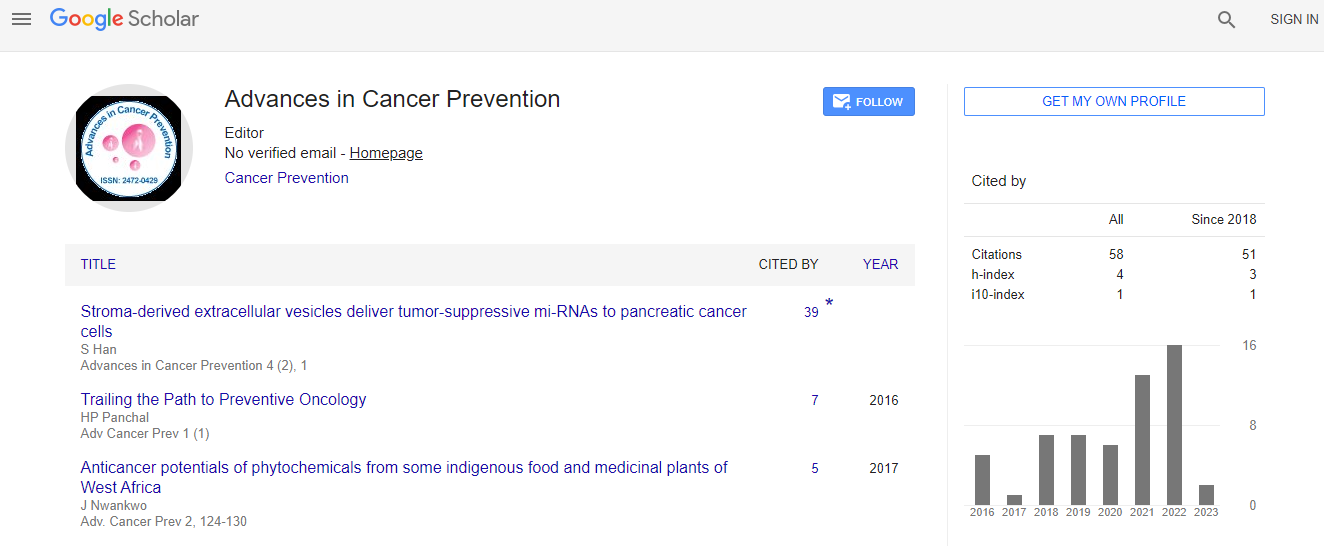Research Article
Development of Microcantilever Sensors for Liver Cancer Detection
Jingjing Wang1,2, Yinfang Zhu1,2, Jinying Zhang1 and Jinling Yang1,2*1Institute of Semiconductors, Chinese Academy of Sciences, Beijing 100083, P. R. China
2State Key Laboratory of Transducer Technology, Shanghai 200050, P. R. China
- *Corresponding Author:
- Jinling Yang
Institute of Semiconductors, Chinese Academy of Sciences
Qinghua Donglu A 35, Beijing 100083, P. R. China
Tel: +86 10 8230 4700
Fax: 86 10 8230 5141
E-mail: jlyang@semi.ac.cn
Received date: November 18, 2015 Accepted date: January 01, 2016 Published date: January 10, 2016
Citation: Wang J, et al. (2016) Development of Microcantilever Sensors for Liver Cancer Detection. Adv Cancer Prev 1:103. doi:10.4172/acp.1000103
Copyright: © 2016, Wang J, et al. This is an open-access article distributed under the terms of the Creative Commons Attribution License, which permits unrestricted use, distribution, and reproduction in any medium, provided the original author and source are credited.
Abstract
Recently, microcantilever-based technologies are playing more and more important roles in early diagnosis of cancer due to their high sensitivity, fast response, low cost, small reagent consumption, portability, real-time, labelfree detection, and so on. However, in conventional cantilever sensors working on mass-loading principle, the change of stiffness coefficient k is neglected. This results in distinct error for mass detection. Some researchers tried a local immobilization method to eliminate the undesired effect of k. But the change of k in this method still brings unexpected error. An accurate theoretical model is needed to take the effect of k change into account in the local immobilization approach. A micro-cavity was designed in the free end of the cantilever for local antibody immobilization in our work, thus the adsorption-induced variation of k can be dramatically reduced compared to that caused by adsorption of the whole lever. In addition, an analytical model has been established to eliminate the effect of adsorption-induced lever stiffness change and has been applied to precise mass detection of cancer biomarker AFP, the detected AFP antigen mass (7.6 pg/ml) is close to the calculated one (5.5 pg/ml), two orders of magnitude better than the value by the fully antibody-immobilized cantilever sensor. These approaches will promote clinical application of the cantilever sensors in early diagnosis of cancer.

 Spanish
Spanish  Chinese
Chinese  Russian
Russian  German
German  French
French  Japanese
Japanese  Portuguese
Portuguese  Hindi
Hindi 